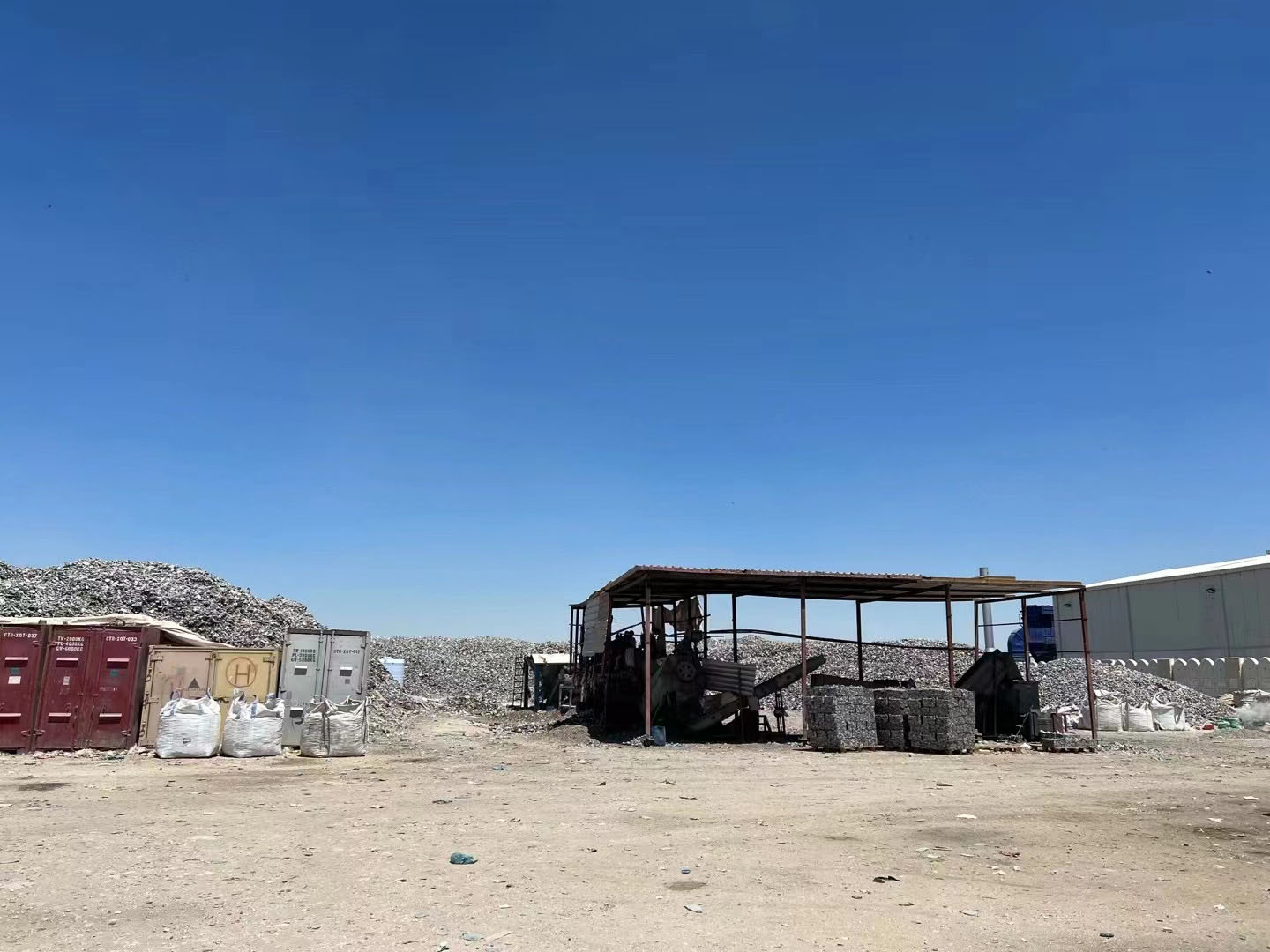Plastic is a widely used material in our daily lives. It has various properties and can be classified based on those properties. In this article, we will discuss the classification of plastics based on their heating properties and uses. Additionally, we will also discuss how to identify waste plastics.
(1)According to the different properties of plastics after heating, they are divided into thermoplastic plastics and thermosetting plastics. The waste plastics that we can usually recycle refer to thermoplastic plastics, because the molecular structure of thermoplastic plastics is a linear structure, which softens or melts when heated. , can be molded into a certain shape, and harden after cooling. It softens again after being heated to a certain extent, and hardens again after cooling. This process can be repeated many times. Such as polyvinyl chloride, polyethylene, polystyrene, etc.
The molecular structure of thermosetting plastics is a body structure. After being heated to a certain extent or adding a small amount of curing agent, it will harden and set, and it will not soften and change its shape when heated again, so it cannot be recycled, such as phenolic plastics, amino plastics, and environmental plastics. Oxygen resins and the like belong to this type of plastic.
(2)According to the different uses of plastics, they are divided into general-purpose plastics and engineering plastics
General-purpose plastics refer to plastics with large output, low price and wide application range, mainly including five varieties of polyolefin, polyvinyl chloride, polystyrene, phenolic plastics and amino plastics.
Engineering plastics are plastics that can be used as engineering structural materials and replace metal manufacturing machine parts, such as polyamide, polycarbonate, polyoxymethylene, ABS resin, polytetrafluoroethylene, polyester, polysulfone, polyimide, etc.

The content of waste plastics mainly depends on the content of CaC03 (stone powder) to determine the utilization value of waste plastics. The more CaC03 content, the lower the price.
The general identification of waste plastics has the following steps:
(1)Look at the color and brightness (the transparent material can be removed at this step); look at the hand feel (weight, smoothness);
PE: The raw material of polyethylene LDPE is white wax, transparent; HDPE is white powder or white translucent granular resin. It floats in water, is odorless and tasteless, has a waxy smooth feeling, and has traces after scratching. The film is soft and stretchable. LDPE is soft, extensible, bendable, but easy to break; MDPE and HDPE are harder, with better rigidity and toughness, and the sound is deep.
PP: Polypropylene raw material is white waxy, translucent, floating in water, odorless and tasteless, smooth to the touch, no trace after scratching, bendable, not easy to break, good tensile strength and rigidity, and loud.
PS: Polystyrene standard glass-like transparency; impact-resistant and matte, sinks in water, odorless and tasteless, smooth to the touch, brittle, easy to break, and has a metallic sound when flicked with nails, commonly known as "sound glue".
ABS: Milky white or beige, amorphous, opaque, dull, sinking in water, odorless and tasteless, tough, hard, and rigid. Not easy to break, the sound is crisp.
Pvc: Polyvinyl chloride products vary depending on plasticization and fillers, and some are opaque. Sinking in water varies with the variety. Hard products are soft and bendable when heated to
Pmma: polymethyl methacrylate (plexiglass), glass-like transparency, beautiful appearance. It sinks in water, is odorless and tasteless, can be bent freely when heated to
PU has five forms of foam, elastomer, paint, synthetic leather and adhesive, and the forms are different. Some sink in water and some float. Odorless and tasteless, varies with the shape, and the sound is deep and deep.
PC: The raw material of polycarbonate is white crystalline powder, light yellow to amber, transparent solid, and the product is almost colorless. It is a high-grade insulating material, odorless and tasteless, has a metallic feel, is relatively hard, has high resistance to bending, impact resistance, strong toughness, and louder sound.
Ignite (see if the color of the flame is smoky, whether it burns away from the fire or does not burn at all)
You can cut a small piece of plastic sample, hold it with tweezers, put it on a lighted alcohol lamp or a lighter to burn, carefully observe the difficulty of burning, whether it will continue to burn or extinguish immediately after leaving the fire source, the color of the flame, Smoking situation, what is the state change of the plastic during and after burning, what smell does it have when burning, etc. According to the combustion characteristics of plastics, determine its type.
PE burns brightly, blue at the bottom, yellow at the top, continues to burn after melting and dripping, smokeless melting and dripping
PP: yellow at the upper end, blue at the lower end, a little black smoke, soft, foaming, pungent petroleum smell
PS: Flammable Bright, orange-yellow, thick black smoke, soot Melting, foaming, slightly charred Aromatic smell (styrene monomer smell)
ABS yellow flame, bright, black smoke softened, melted, burnt, no dripping with rubber smell
PA (polyamide): Slow burning Slow extinguishing Yellow-orange, edge blue Melting, dripping, bubbling Special smell like burning wool and nails
PC:yellow, bright, soot softening, melting, bubbling, scorching floral and fruity odor
PVC: is flame retardant, extinguishes immediately after leaving the fire, yellow-orange, with green edges, white smoke, and light green and yellow flames, softens, can be drawn, has a pungent hydrogen chloride smell
UF: Self-extinguishing Yellow, light blue top Swells, cracks, turns white, burns Formaldehyde, ammonia
MF: Pale yellow with whitish edges Swollen, cracked, whitish, charred Formaldehyde smell, light fishy smell
PF:glows, yellow sparks cracks, turns dark phenol and formaldehyde smell
PF (wood flour): slow burning yellow, black smoke swelling, cracking wood and phenol odor
In conclusion, plastics are an essential material in our daily lives, and understanding their classification and identification is crucial for proper disposal and recycling. By knowing whether a plastic is thermoplastic or thermosetting and identifying its type, we can ensure that we dispose of it correctly and promote sustainable living practices. For more information about plastic recycling, kindly contact us today!